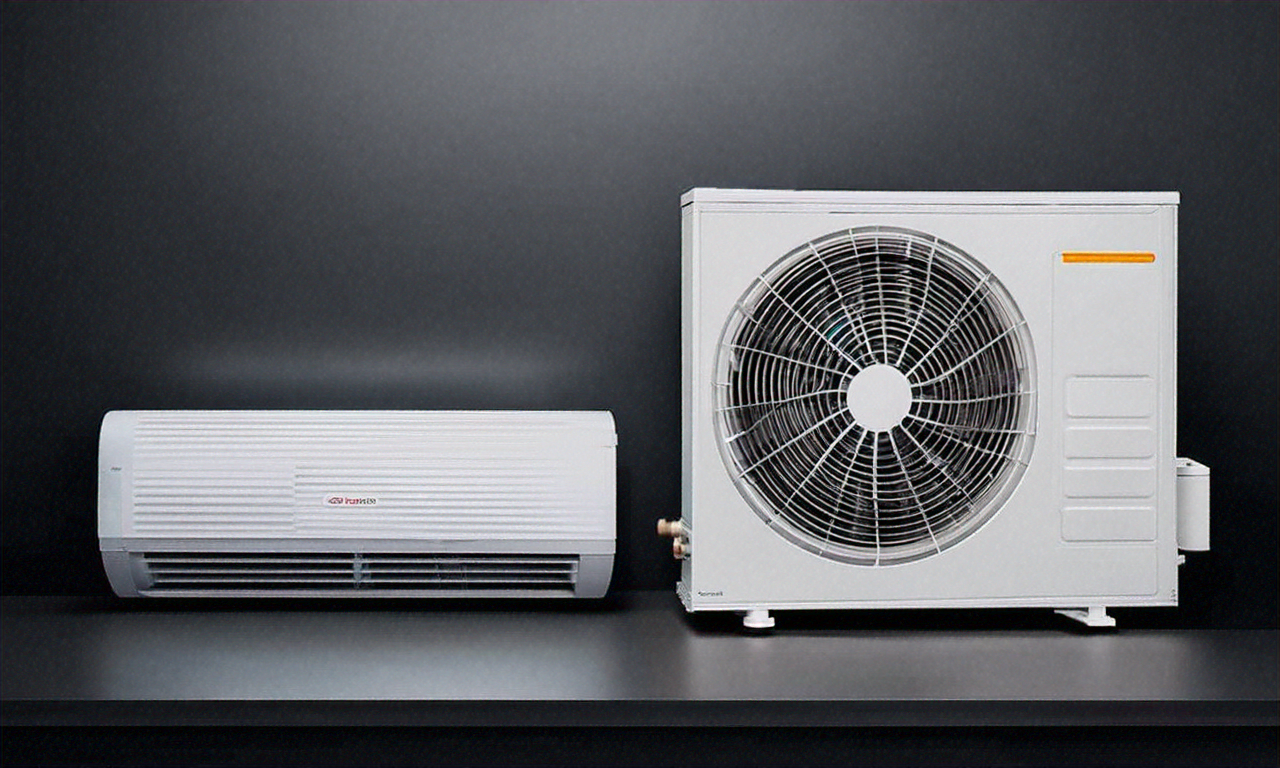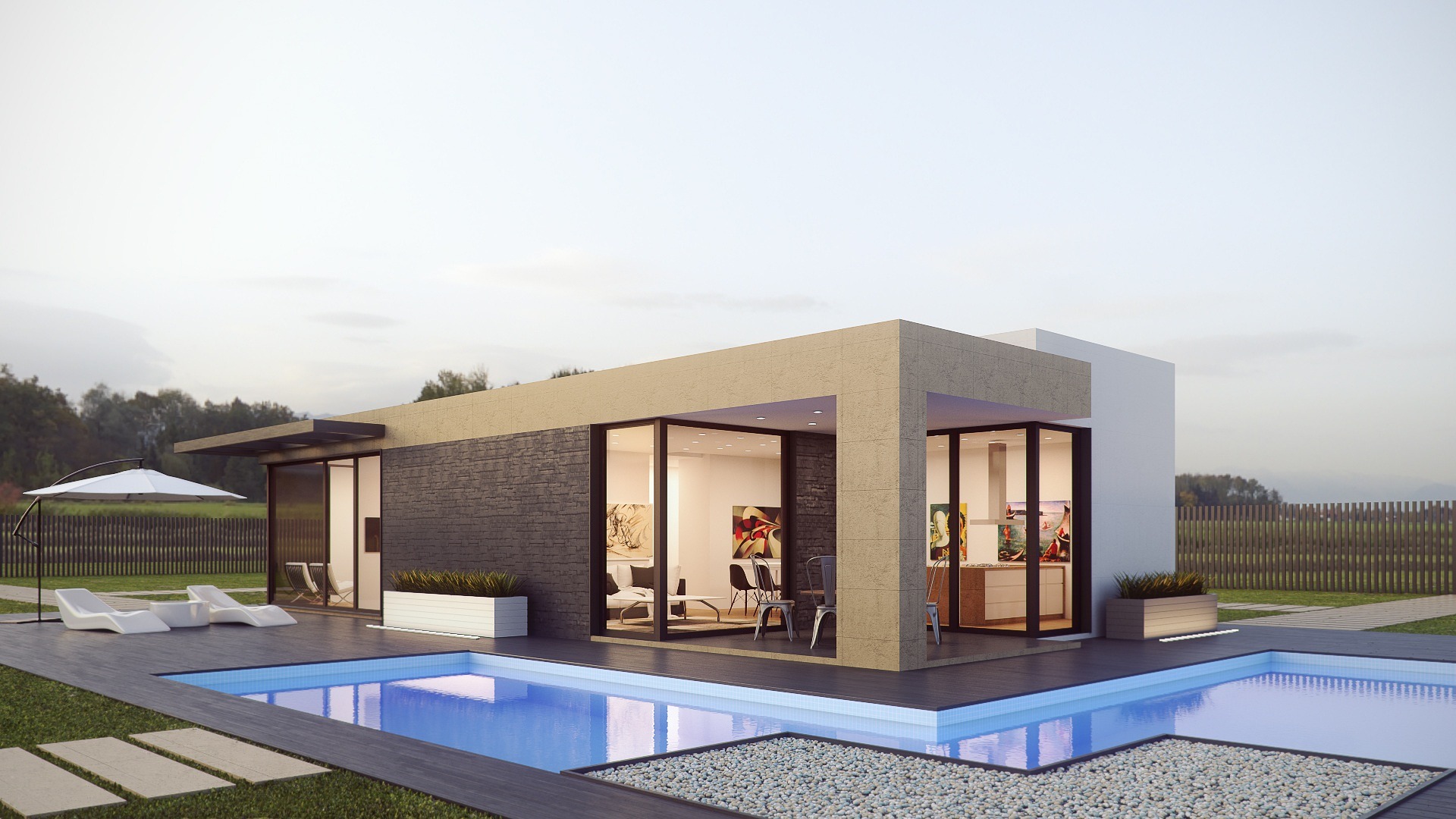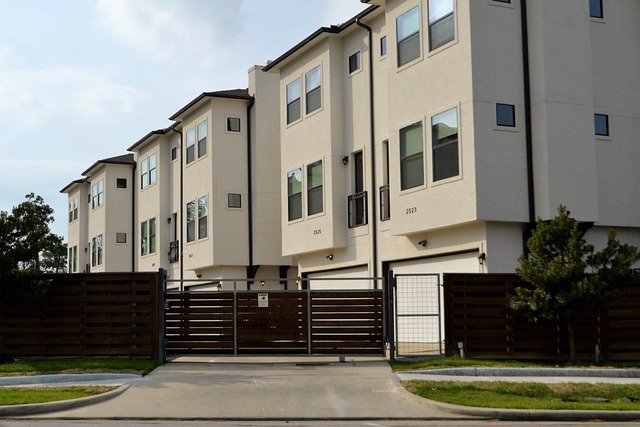Understanding Air Conditioning: Types, Benefits, and Care
Air conditioning has become an essential component of modern living, providing comfort during hot weather and improving indoor air quality. Whether you're considering a new system or looking to optimize your current setup, understanding the different types of air conditioners, their advantages, and proper maintenance practices can help you make informed decisions that enhance your home's comfort and energy efficiency.

The Basics of Air Conditioning
Air conditioning systems work by removing heat and humidity from indoor spaces, creating a more comfortable environment. The fundamental process involves a refrigerant that absorbs heat from inside your home and releases it outside. Central air conditioning systems use ductwork to distribute cooled air throughout multiple rooms, while other types offer more localized cooling solutions. Modern air conditioners also filter air, removing dust, pollen, and other particles that can affect indoor air quality. Understanding how these systems operate helps homeowners recognize when something isn’t working correctly and when maintenance is needed. The efficiency of an air conditioning system is measured by its SEER rating, with higher numbers indicating better energy efficiency and lower operating costs over time.
Advantages of Portable Air Conditioners
Portable air conditioners offer flexibility and convenience for those who need cooling solutions without permanent installation. These units can be moved from room to room, making them ideal for renters or homeowners who want to cool specific areas as needed. Most portable models require only a window kit for venting hot air outside, eliminating the need for professional installation or modifications to your home’s structure. They typically cost less upfront than central systems or window units, with prices ranging from basic models to more advanced options with additional features. Portable air conditioners work well in small to medium-sized rooms and can serve as supplemental cooling in areas where central air doesn’t reach effectively. Many modern portable units include dehumidification functions, programmable timers, and remote controls for added convenience. However, they tend to be less energy-efficient than other options and may produce more noise during operation.
Exploring Ductless Air Conditioners
Ductless air conditioning systems, also known as mini-split systems, provide an efficient alternative to traditional central air conditioning. These systems consist of an outdoor compressor unit connected to one or more indoor air handlers mounted on walls or ceilings. Without the need for ductwork, ductless systems avoid the energy losses associated with traditional forced-air systems, which can account for significant efficiency reductions. They offer zone cooling capabilities, allowing you to control temperatures in individual rooms independently, which can lead to substantial energy savings. Installation is less invasive than central air systems, requiring only a small hole in the wall to connect the indoor and outdoor components. Ductless systems work particularly well in home additions, older homes without existing ductwork, or spaces where extending ducts would be impractical. They operate quietly and can provide both cooling and heating functions, making them versatile year-round climate control solutions. The ability to customize comfort levels in different areas makes ductless systems increasingly popular among homeowners seeking energy-efficient options.
Choosing the Right Air Conditioning System
Selecting an appropriate air conditioning system depends on several factors including your home’s size, layout, climate, budget, and cooling needs. Central air conditioning systems work best for whole-home cooling in properties with existing ductwork, offering consistent temperatures throughout all rooms. Window units provide affordable cooling for individual rooms but may obstruct views and require secure installation. Portable air conditioners suit temporary or flexible cooling needs, while ductless mini-split systems excel in homes without ducts or where zone cooling is desired. Consider the system’s energy efficiency rating, as higher SEER ratings translate to lower operating costs despite potentially higher initial investment. Proper sizing is critical because an oversized unit cycles on and off frequently, reducing efficiency and comfort, while an undersized system struggles to maintain desired temperatures. Professional load calculations account for factors like square footage, insulation quality, window placement, ceiling height, and local climate to determine the appropriate system capacity. Also evaluate noise levels, maintenance requirements, warranty coverage, and installation costs when comparing options. Smart thermostats and programmable features can enhance any system’s efficiency and convenience.
| System Type | Typical Cost Range | Key Considerations |
|---|---|---|
| Central Air Conditioning | $3,000 - $7,000 | Requires ductwork, whole-home cooling, professional installation |
| Ductless Mini-Split | $2,000 - $5,500 | No ducts needed, zone control, heating and cooling |
| Window Unit | $150 - $800 | Single room cooling, easy DIY installation, seasonal use |
| Portable Air Conditioner | $250 - $700 | Movable, no permanent installation, moderate efficiency |
Prices, rates, or cost estimates mentioned in this article are based on the latest available information but may change over time. Independent research is advised before making financial decisions.
Maintaining Your Air Conditioning Unit
Regular maintenance extends your air conditioning system’s lifespan, improves efficiency, and prevents costly repairs. Change or clean air filters monthly during peak usage periods, as dirty filters restrict airflow and force the system to work harder. Keep outdoor condenser units clear of debris, leaves, and vegetation, maintaining at least two feet of clearance around all sides for proper airflow. Schedule professional maintenance annually before cooling season begins, during which technicians inspect refrigerant levels, clean coils, check electrical connections, and identify potential issues before they become major problems. Clean indoor vents and registers regularly to ensure unobstructed airflow throughout your home. Monitor your thermostat settings and consider upgrading to a programmable or smart thermostat to optimize energy usage. Listen for unusual noises, watch for water leaks, and pay attention to reduced cooling performance, as these signs often indicate needed repairs. Indoor coils should be cleaned periodically to maintain efficiency, and condensate drain lines need clearing to prevent water damage and mold growth. Proper maintenance not only saves money on energy bills but also ensures consistent comfort and helps avoid emergency breakdowns during the hottest days of summer.
Air conditioning systems represent significant investments in home comfort and energy efficiency. By understanding the various types available, recognizing their respective advantages, and committing to regular maintenance, homeowners can enjoy reliable cooling performance for years to come. Whether you choose a traditional central system, a flexible portable unit, or an efficient ductless option, proper selection and care ensure optimal performance and comfort throughout the cooling season.




